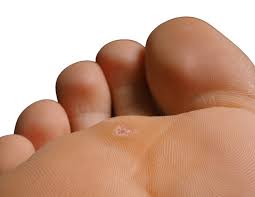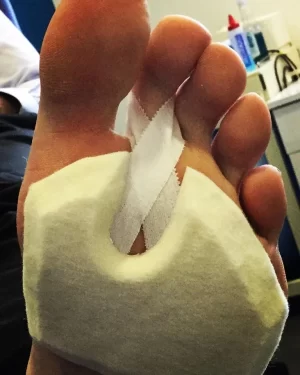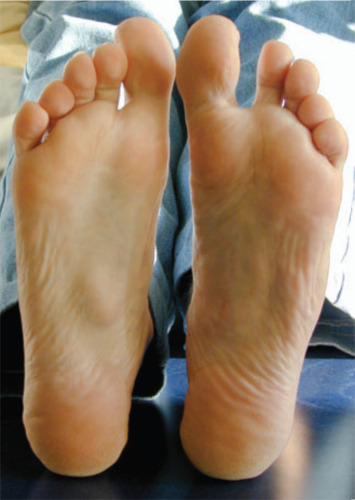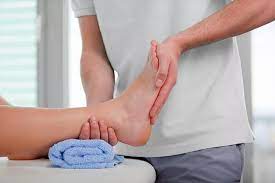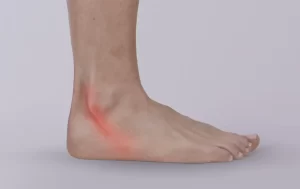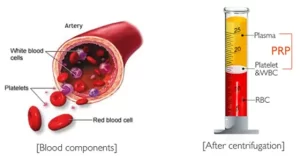
Platelet-rich plasma (PRP) therapy is a treatment that involves the injection of a concentrated solution of platelets derived from the patient’s own blood into an area of the body that is experiencing pain or injury. Platelets are a type of blood cell that play a key role in the body’s natural healing process, as they contain growth factors and other proteins that help to promote tissue repair and regeneration.
PRP therapy has been used to treat a variety of musculoskeletal conditions, including foot pain caused by conditions such as plantar fasciitis, Achilles tendonitis, and osteoarthritis.
The procedure involves drawing a small amount of the patient’s blood, which is then processed in a centrifuge to separate out the platelets and concentrate them into a solution. This solution is then injected into the affected area of the foot using ultrasound guidance to ensure precise placement.
PRP therapy is generally considered a safe and minimally invasive treatment option, with few side effects or complications. However, as with any medical procedure, there are some risks involved, including infection, bleeding, and nerve damage.
While PRP therapy has shown promise in the treatment of foot pain, more research is needed to fully understand its effectiveness and long-term outcomes. It is important to consult with a healthcare professional to determine if PRP therapy may be an appropriate treatment option for your specific condition and individual health needs.

